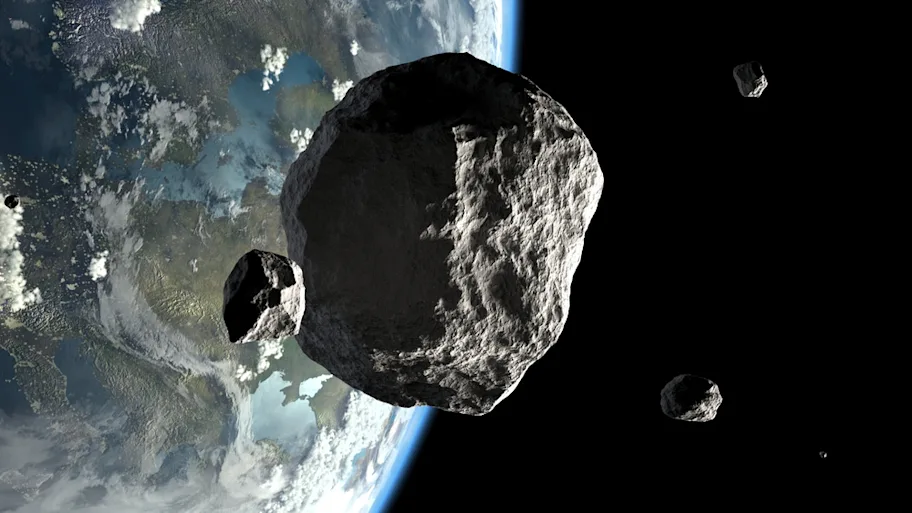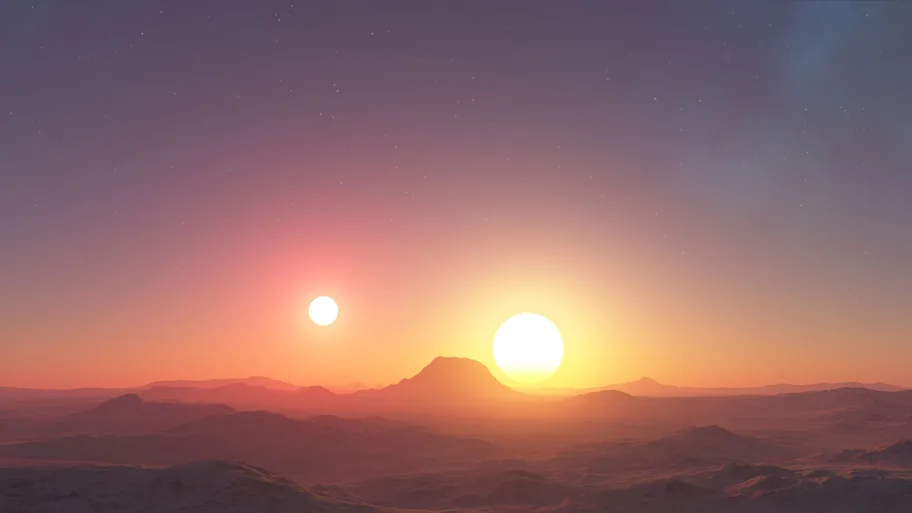
- Science News
- Space sciences and astronomy
- Future space missions and the Earth-Moon system
Future space missions and the Earth-Moon system

How the complex dynamics of the Earth-Moon system and its applied and fundamental physics may play a crucial role in the future of space exploration
– by Claudio Bogazzi, PhD, frontiersin.org
In what has been an incredible week for astronomy and space science a group of seven planets, all close in size to the Earth, was discovered around the dwarf star Trappist-1, in the constellation of Aquarius, only 39 light years away from us. It is the first time that so many Earth-sized planets have been found in orbit around the same star, perhaps warm enough for water and the life it can sustain.
Whilst we won’t be visiting Trappist-1’s planets any time soon, Frontiers in Astronomy and Space Sciences has just launched an exciting Research Topic focusing on the complex dynamics of the Earth-Moon system and the applied and fundamental physics that will play a crucial role in the future of space exploration.
At distance from Earth of approximately 385,000 km, the Moon has always fascinated humans. For scientists, the historic landing in 1969 represented an important step towards a full understanding of the Moon’s secrets, the Earth-Moon system and the challenges and opportunities for the farther exploration of our solar system and beyond.
One key piece of the puzzle are what are known as the Earth-Moon Lagrangian points that scientists believe will be very important for future space missions. They are points where the gravitational pull is equal to the centripetal force, meaning that a third body, such as a satellite for example, will experience no force. They have been exploited successfully since the end of the 1970’s for astrophysics and solar observation missions but their practical application has only recently been fully recognized – for Moon observation and colonization, asteroid monitoring and exploitation and farther space exploration.
“Satellites orbiting the Earth may be strongly affected by the perturbation of the Moon, and this effect can be used to, for example, to design low-cost ways to remove space junk and preserve the circum-terrestrial environment”, explains Dr Elisa Maria Alessi, one of the Topic Editors.
“Beyond the applications concerning satellites, we shouldn’t forget that the first evidence of how the Earth-Moon system dynamically works comes from nature. Discovering small bodies, such as asteroids, that are temporarily orbiting the system, and understanding their behaviour, may provide a unique insight into future exploration of the Solar System”, she concludes.
This hot Research Topic aims to bring together researchers interested in the Earth-Moon system and is co-hosted by Dr. Elisa Maria Alessi and Dr. Alessandro Rossi, at the National Council of Research, Italy, and Prof. Josep Masdemont a faculty member of the Polytechnic University of Catalonia, Spain.
Read the full description: The Earth-Moon System as a Dynamical Laboratory
http://journal.frontiersin.org/researchtopic/5819/the-earth-moon-system-as-a-dynamical-laboratory
————————————————————————–
REPUBLISHING GUIDELINES: At Frontiers, open-access and sharing research is part of our mission. Unless otherwise noted, you can republish our articles posted in the Frontiers blog – as long as you credit us with a link back. Editing the articles or selling them is not allowed.






